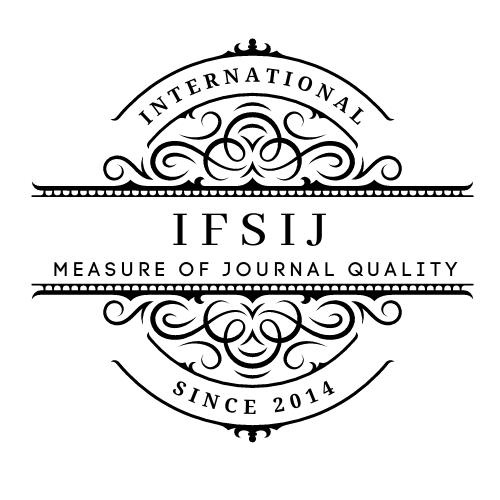A RETROSPECTIVE STUDY OF TUBERCULOSIS MORBIDITY IN THE GENERAL POPULATION
Keywords:
tuberculosis morbidity, epidemiological surveillance, bacteriological examination, contact tracing, fluorographic screening, public health intervention, disease preventionAbstract
This retrospective study analyzes tuberculosis morbidity patterns in the general population of a major urban center, examining data from 2023-2024 to identify epidemiological trends and evaluate the effectiveness of current prevention and control measures. The research documents a significant reduction in tuberculosis incidence from 91 cases in 2023 (intensive indicator 34.4) to 75 cases in 2024 (intensive indicator 24.7), representing a 28.8% decrease in morbidity rates. Analysis of bacteriologically positive cases revealed 55 patients, with 6 patients achieving bacteriological conversion from positive to negative status during treatment. Contact tracing identified tuberculosis in 6 individuals among 205 contacts of bacteriologically positive patients, with no cases detected among 65 pediatric contacts. Fluorographic screening of high-risk population groups achieved 77.0% coverage (4,840 out of 6,284 planned examinations), resulting in detection of 32 new cases across various risk categories. The study demonstrates the critical importance of targeted screening programs, comprehensive contact investigation, and sustained public health interventions in achieving measurable reductions in tuberculosis transmission within urban populations.
Downloads
Published
Issue
Section
License

This work is licensed under a Creative Commons Attribution-NonCommercial-NoDerivatives 4.0 International License.















